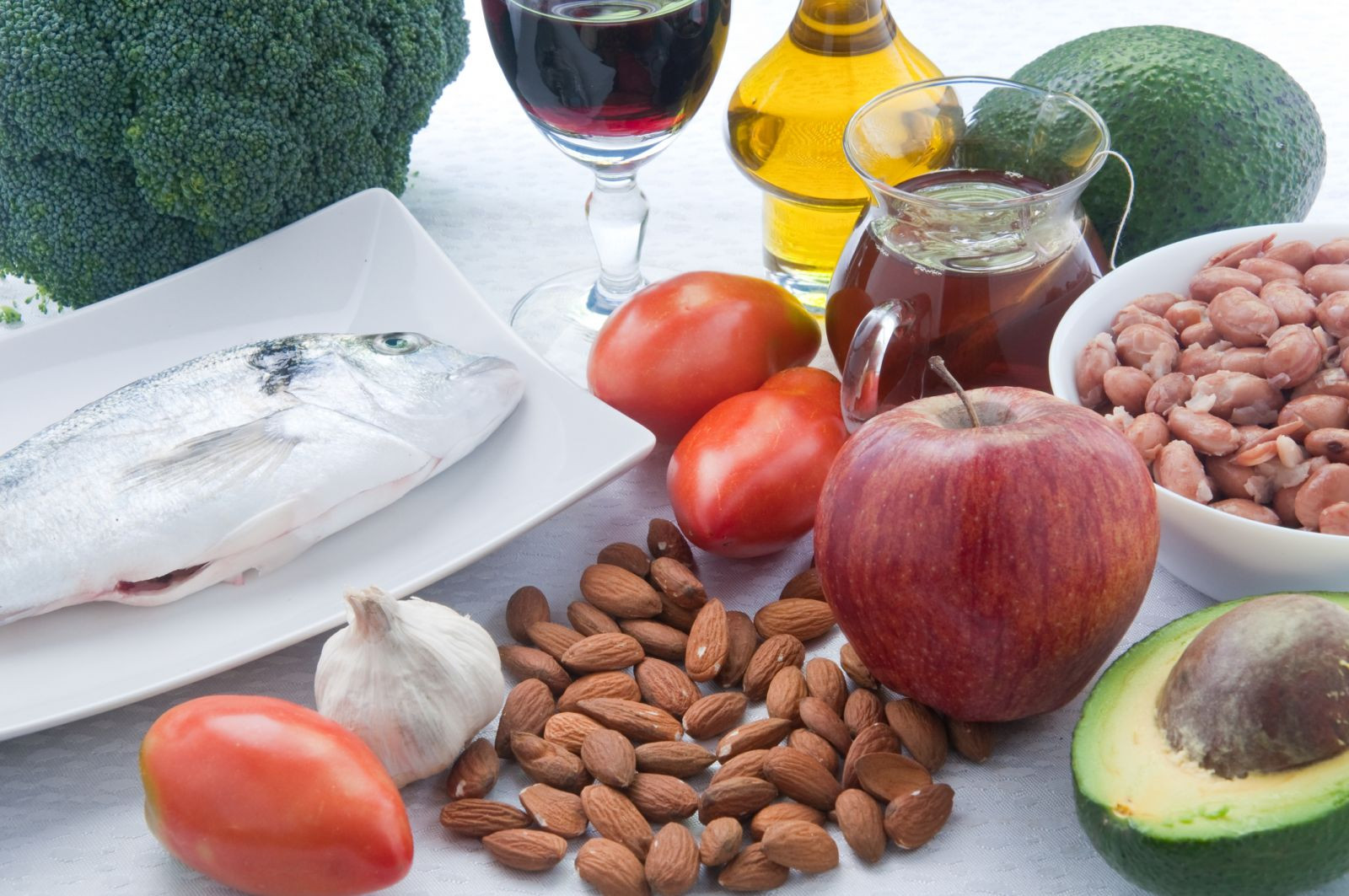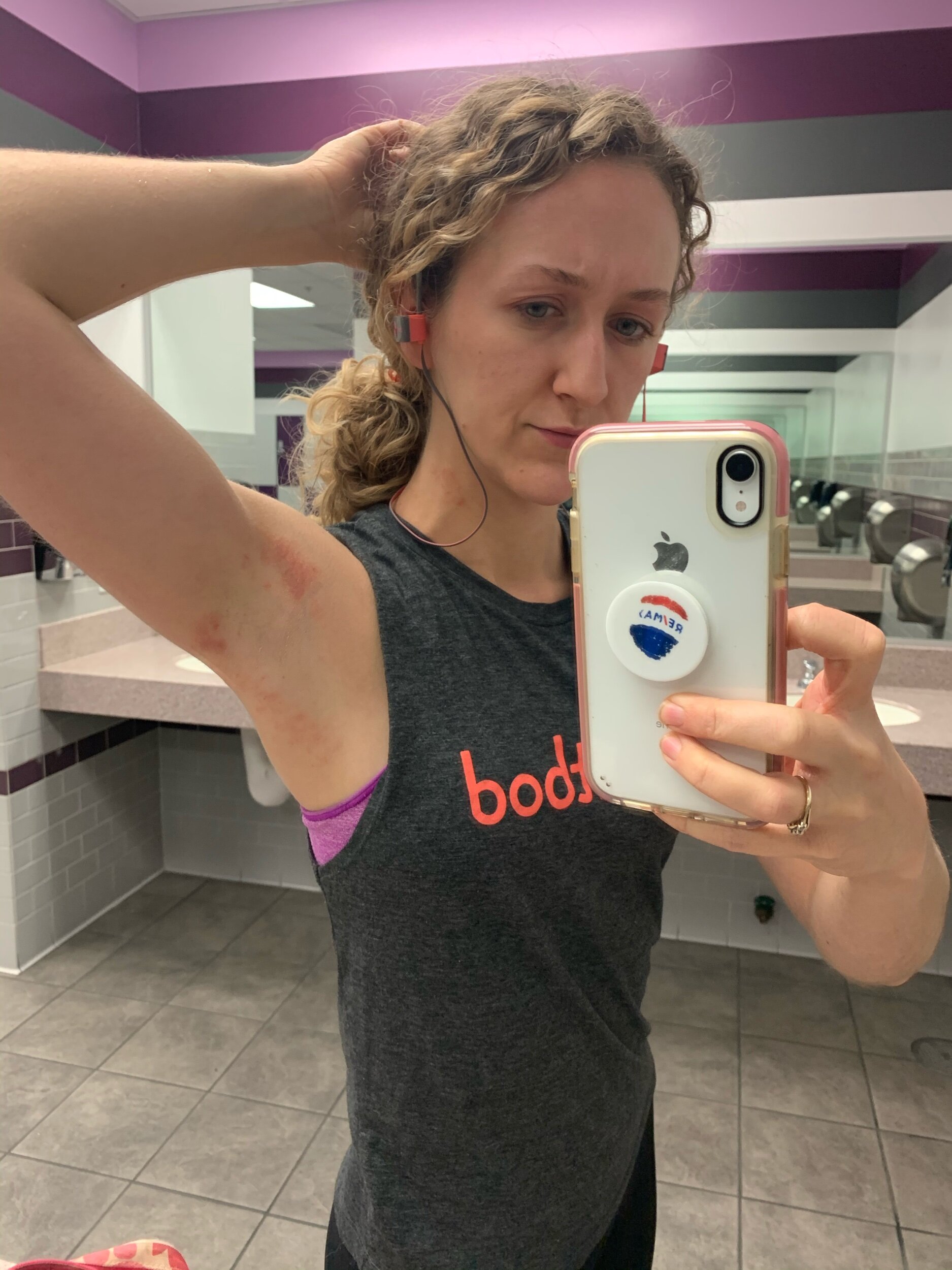
Carbo-loading foods can also be useful before long hikes or races. These types of activities can require a lot of energy. Carboloading foods can help avoid muscle fatigue. You should avoid carbo-loading if you are not running a marathon or an ultramarathon.
Carb-loading refers to carbo-loading meals consumed before endurance events. You should only consume foods with low glycemic scores as this will reduce your blood glucose levels. For example, a high protein meal can be a better option than large pasta dishes, which could boost your performance.
A healthy diet should have at least a few carboloading foods. Two to three days prior to an event is the best time to carb load. Your muscles will feel rested and ready to go when you do this. Generally, you should consume 2.3 to 5.5 grams of carbohydrate per kilogram of body weight a day. You can eat crackers, chicken noodles soup, or other foods that are easily digestible if you're feeling anxious about your caloric intake.
Glycogen stores last approximately 30 minutes when you exercise. Carbo-loading foods before you exercise will increase the amount of glycogen available. That means more fuel for your endurance and less time to fatigue. This can help you run faster, or during marathons. You can also donate any remaining carbohydrates to Missoula Food Bank if you are concerned about your diet. You won't regret it!
Professional athletes aren't likely to benefit from carbo-loading during their long-distance races. For basketball games, soccer games and football, games can last approximately two hours. Runners typically spend their entire training days standing around, so they are unlikely to be able to gain benefits from carbo-loading before a marathon. Marathoners who race in marathons can reap the rewards, as extra carbohydrate can help their bodies recover over the long-term.

When you're training for a marathon you need to carb-load before you race. Marathoners should normally consume four to five pounds more than what they usually eat. This extra weight is a sign that they've successfully carb-loaded. The extra carbs will also help them store three grams of water, which will help them during their race. The result is that they will have enough fuel to keep them hydrated for the duration.
Carboloading is not only good for your health, but you should also be aware of the dangers. Avoid refined carbs if you are preparing for endurance events. These foods will increase your risk of experiencing a spike in your blood sugar levels. A high intake of refined carbohydrates can lead to dangerous spikes in your blood sugar. These spikes can be dangerous to your body, causing you to become fatigued and experience excessive hunger.
When choosing carbo-loading foods, you should make sure you choose low-fat and low-fiber options. Although high-fiber foods are beneficial, it is best to keep them in check. Too much fiber can cause stomach discomfort. It is best to eat low-fiber, high-carbohydrate foods. You can add fat-free foods and snacks to your diet. These are often the exact same foods that were used to make a high-carbohydrate diet.

Carboloading foods should have low-GI carbohydrates. High-fiber carbohydrate foods can cause problems with the digestive system. Because they are high sugary, this can cause digestive problems. Low-GI foods are best for endurance sports. It is important to limit your intake.
When carbo-loading, it's essential to be aware of your caloric needs. It is vital to know what your caloric requirements are for endurance events. In general, you should consume approximately 35 grams of carbohydrate per kg of body weight. In addition, it's important to remember that carbohydrates are not necessary for endurance. In fact, they can cause stomach issues. It is crucial to know the carbo-loading foods before running an ultramarathon or marathon.
FAQ
Is there a better career path for someone who dreams of becoming a chef? How do I begin my career as chef?
Apprenticeships are a great way to get started if you want to become a chef. Apprenticeships allow you to work for several years without paying any tuition fees. You can apply to become a sous-chef after you have completed your apprenticeship. Sous chefs are responsible for supervising cooks and helping them prepare salads or desserts. They are also responsible for the overall operation of the restaurant.
How much does it cost for you to learn culinary arts?
The price of studying culinary arts varies widely. A four-year degree in culinary arts typically costs around $40,000. On the other hand, a two-year associate's degree may cost less than $5,000. Tuition rates vary depending on what program you choose. The prices charged by private institutions are generally higher than the public.
Where can you find free online cooking courses?
Many websites provide free cooking lessons. YouTube has many videos that will show you how to cook different dishes. You can access thousands of recipes from some websites. While you may have to pay a monthly charge, these websites allow you to try out the recipes for 30 days for no cost.
Statistics
- On average, chefs earn $58,740 a year, according to the BLS. - learnhowtobecome.org
- The median pay for a chef or head cook is $53,380 per year or $25.66/hour, according to the U.S. Bureau of Labor Statistics (BLS). (learnhowtobecome.org)
- In the United States, the category is estimated at $23.2 billion annually and is growing faster than the market. (washingtonpost.com)
External Links
How To
How to cook a steak
The thickness of the meat determines the best cooking method. For example, thinner steaks are best cooked over low heat, while thicker ones need higher temperatures.
It's important to not overcook the steaks as they will lose their taste. Make sure to remove the steaks from the pan after it is done. This will help you avoid burning your skin.
Cooking times depend on the size of the steak and the desired degree of doneness. Here are some general guidelines.
Medium Rare: Cook until medium-rare, which is when the internal temperature reaches at least 145degF (63degC). This will take between 3 to 5 minutes per side.
Medium: Cook until medium, which means the internal temp reaches 160degF (71degC). This normally takes around 6 minutes per side.
You are done when the internal temperatures reach 180°F (82°C). This typically takes 8-12 minutes per side.